School bus WiFi and take home mobile hotspots for students funding in proposed California bill
![Kurush Pawar from Dubai, United Arab Emirates [CC BY-SA 2.0 (https://creativecommons.org/licenses/by-sa/2.0)] Jet school bus2](https://www.tellusventure.com/images/2019/jet_school_bus2.jpg)
A placeholder bill that originally targeted the California Advanced Services Fund (CASF) – the state’s primary broadband infrastructure subsidy program – was gutted, amended and turned into a subsidy program for after school Internet access for elementary and high school students. Assembly bill 1409 is carried by assemblyman Ed Chau (D – Los Angeles), who made a tech policy name for himself last year when he authored California’s new online privacy law.
As originally submitted, AB 1409 made what amounted to an inconsequential typographic change to the law that rewrote the CASF program in 2017.… More
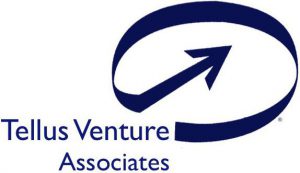
![By Matt Shirk [CC BY-SA 4.0 (https://creativecommons.org/licenses/by-sa/4.0)], from Wikimedia Commons](https://www.tellusventure.com/images/2018/6/online_privacy_declaration_of_independence_625.jpg)
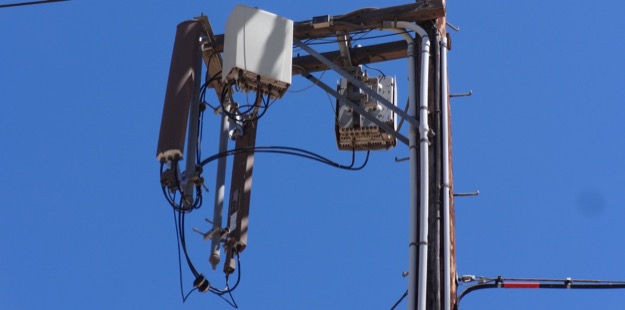
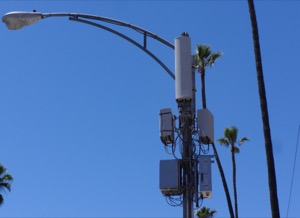
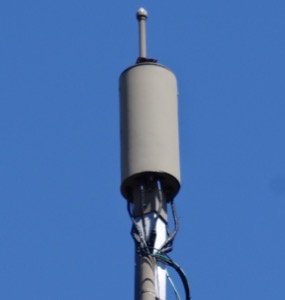
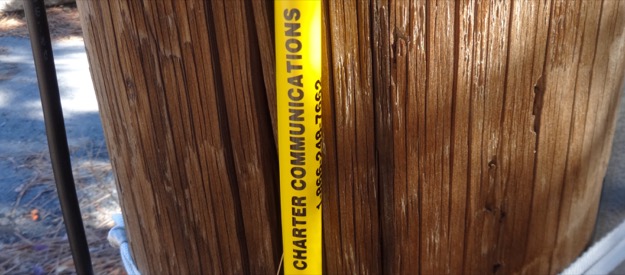
![Millsbi [CC BY-SA 4.0 (https://creativecommons.org/licenses/by-sa/4.0)] Wireless broadband hub](https://www.tellusventure.com/images/2019/wireless_broadband_hub.jpg)
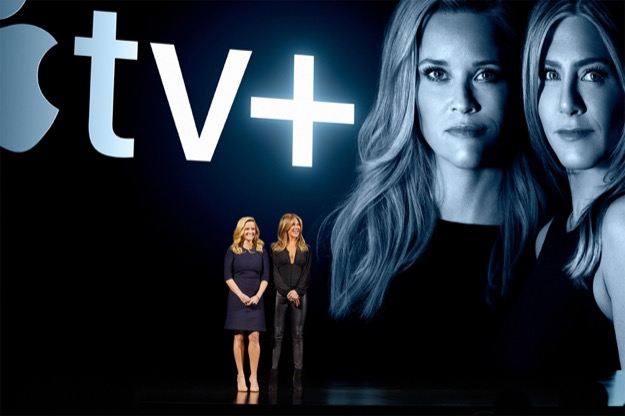
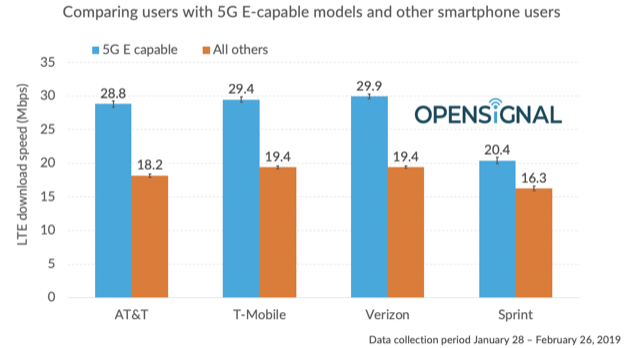
![ManoSeca [Public domain] Remote road](https://www.tellusventure.com/images/2019/remote_road.jpg)